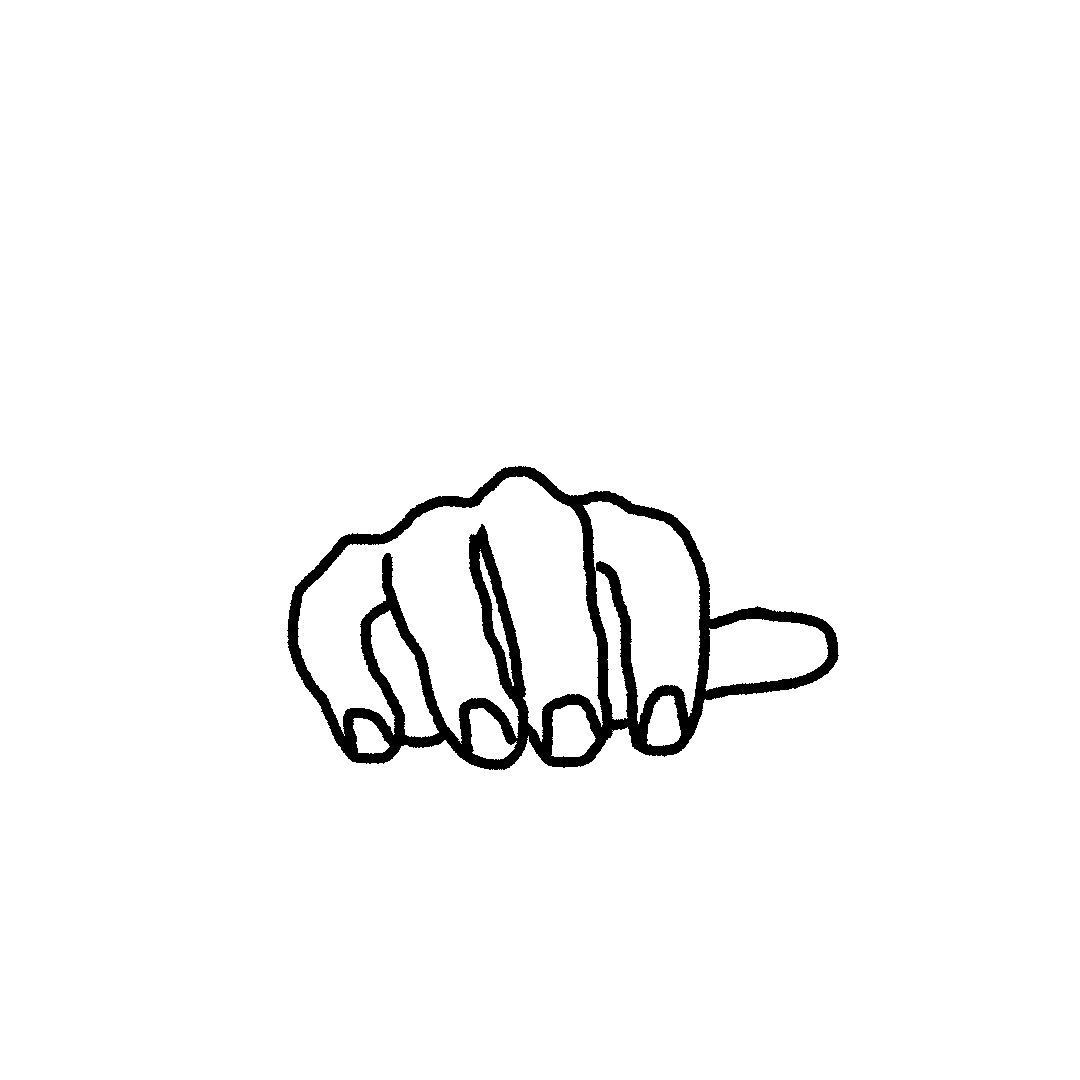History of INDIAN clothing
India, a land steeped in culture and diversity, boasts a clothing history as vibrant and captivating as its people. From ancient times to the present, Indian fashion has been shaped by a multitude of factors, including climate, customs, and religious beliefs. Let’s embark on a journey through time to explore the intriguing evolution of clothing in India and witness the remarkable fusion of tradition and modernity.
Ancient Clothing: In ancient India, clothing served as a reflection of social status and cultural identity. Draped garments like the dhoti for men and the timeless sari for women were prevalent. Weaving techniques and textiles of the Indus Valley Civilization, Mauryan, and Gupta empires added intricate beauty to the attire.
Medieval Period: During this era, Islamic influences from Persia blended with Indian styles, giving rise to the enchanting anarkali and majestic sherwani. Luxurious fabrics like silk and brocade took center stage, adorned with stunning embroidery techniques such as zardozi.
Colonial Era: The arrival of European powers left an indelible mark on Indian clothing. Western-style garments were introduced, and traditional clothing was adapted to suit colonial preferences. The iconic dhoti-kurta ensemble and the graceful saree emerged as symbols of Indian identity.
Independence and Post-Independence: The struggle for independence in the early 20th century revolutionized Indian fashion, with clothing becoming a powerful expression of nationalism. Mahatma Gandhi championed the use of handloom textiles and khadi, igniting a resurgence of indigenous fabrics. Post-independence, a fusion of traditional and modern elements shaped the fashion landscape.
Regional Diversity: India’s clothing traditions reflect its rich regional diversity. From the vibrant Punjabi attire to the colorful Bandhani of Gujarat, the intricate embroidery of Rajasthan, the graceful Kanjeevaram silk of Tamil Nadu, and the artistic Phulkari of West Bengal, each region boasts distinct styles and techniques.
Contemporary Fashion: In the 21st century, Indian fashion has gained global recognition. Visionary designers seamlessly blend traditional motifs with modern aesthetics. Bollywood fashion sets trends and influences mainstream styles. Sustainable fashion initiatives and the revival of indigenous textiles are transforming the industry.
 LOADING...
LOADING...


